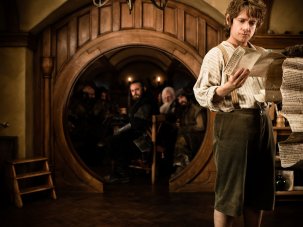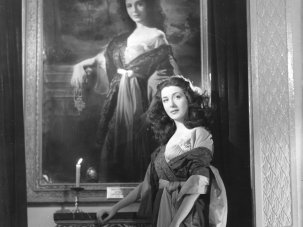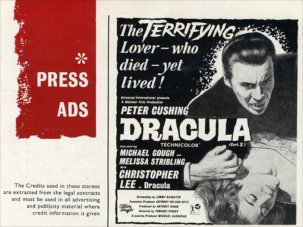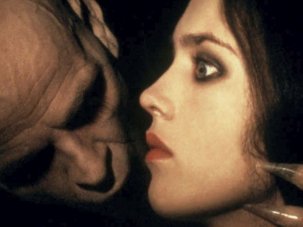Web exclusive
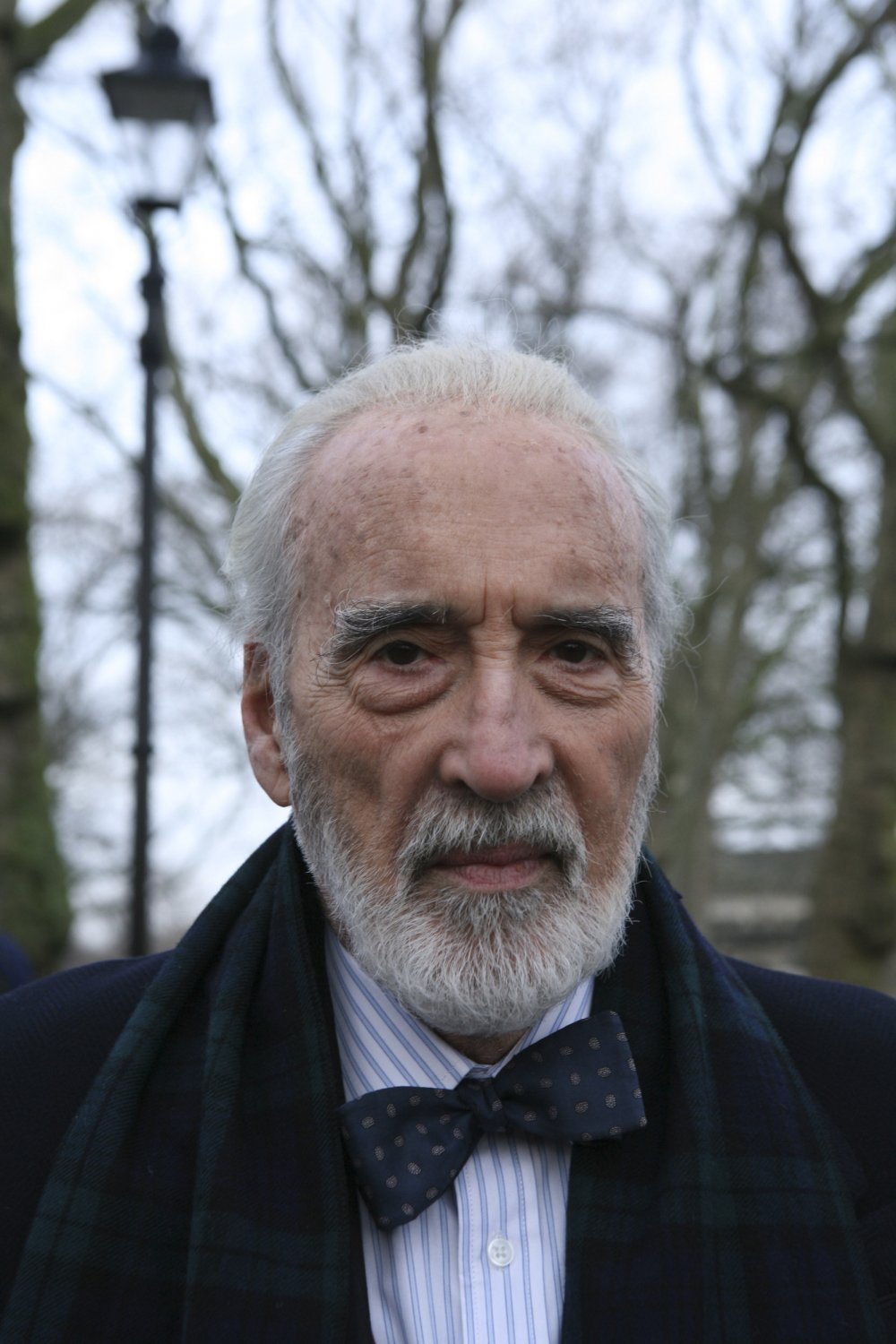
Christopher Lee in Stephen Poliakoff’s Glorious 39 (2009)
Sir Christopher Lee, who has died of respiratory problems at the age of 93, was a screen star of imposing presence and unique charisma. That charisma had a somewhat chilly, sepulchral edge to it, initially making him perfect for Gothic horror, of which he became an undisputed master, and in later years confirming him as one of the cinema’s world-class villains.
Half-Italian on his mother’s side yet unmistakably the product of an English public school, he was able to bring a revolutionary new charge, simultaneously alluring and terrifying, to the figure of Count Dracula, subsequently investing such characters as James Bond’s nemesis Francisco Scaramanga and JRR Tolkien’s scheming Istar Saruman the White with a similarly elemental power. These and many other roles were dubbed by a French admirer, in a phrase he treasured, “héros maléfiques”.
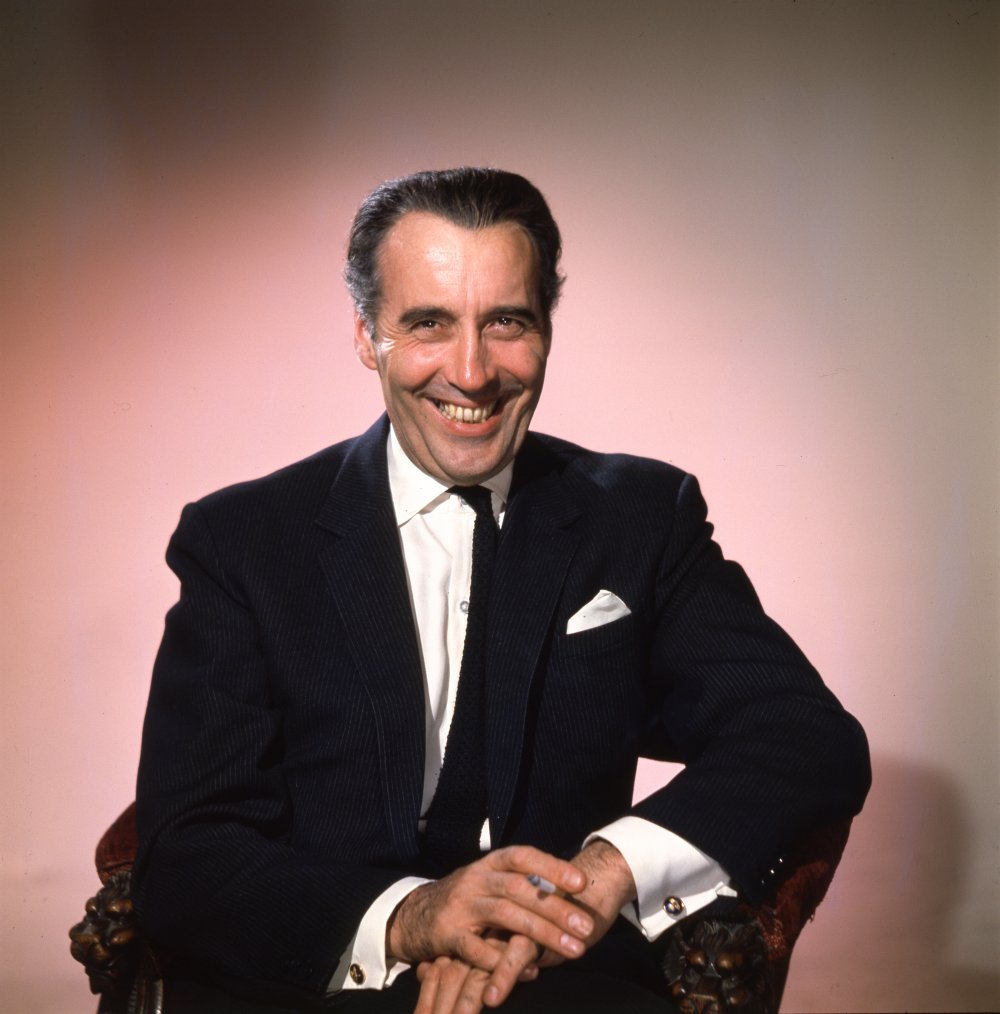
A publicity shot at the time of The Devil Rides Out (1968)
Like his frequent co-star Peter Cushing, he was in many ways a paradox – a thoroughly modern actor, yet also a throwback to an earlier age when actors loomed genuinely large. Not for nothing did a Times critic compare him in 1966 to the early 19th-century tragedian Edmund Kean. Several years later the same reasoning almost had him cast in an abandoned film about Kean’s successor Henry Irving (an actor who has frequently been cited as the original model for Dracula).
Though this and various other projects didn’t make it into production, Lee was nevertheless remarkable for the huge number of films he did make, a workaholic tendency that inevitably threw up its share of unworthy roles but also landed him in the Guinness Book of World Records. He was also remarkable for the sheer international scope of his film work, a scope enabled in part by his command of numerous languages.

Peter Cushing and Christopher Lee filming The Gorgon (1964)
He was born Christopher Frank Carandini Lee on 27 May 1922 at the family home on London’s Lower Belgrave Street. His parents, Geoffrey Trollope Lee of the 60th King’s Royal Rifle Corps and Contessa Estelle Marie Carandini di Sarzano, had married in 1910; the marriage ended in divorce in 1928.
The young Lee was educated at Summer Fields in Oxford and Wellington College in Berkshire, appearing in Shakespeare plays at the former school opposite Patrick Macnee. Even earlier stage experience had come at a Swiss establishment called Miss Fisher’s Academy, where Lee played Rumpelstiltskin and “learnt at the outset”, as he wrote later, “that the best lines are given to the baddies and that these make the most impact on the audience – especially if there is some pathos in their situation.”
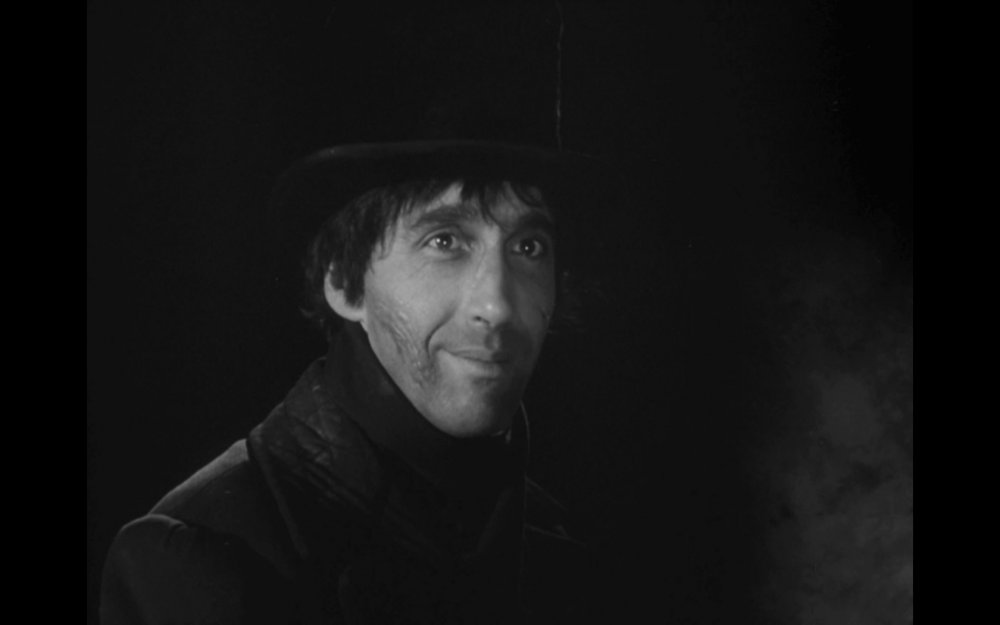
Corridors of Blood (1958)
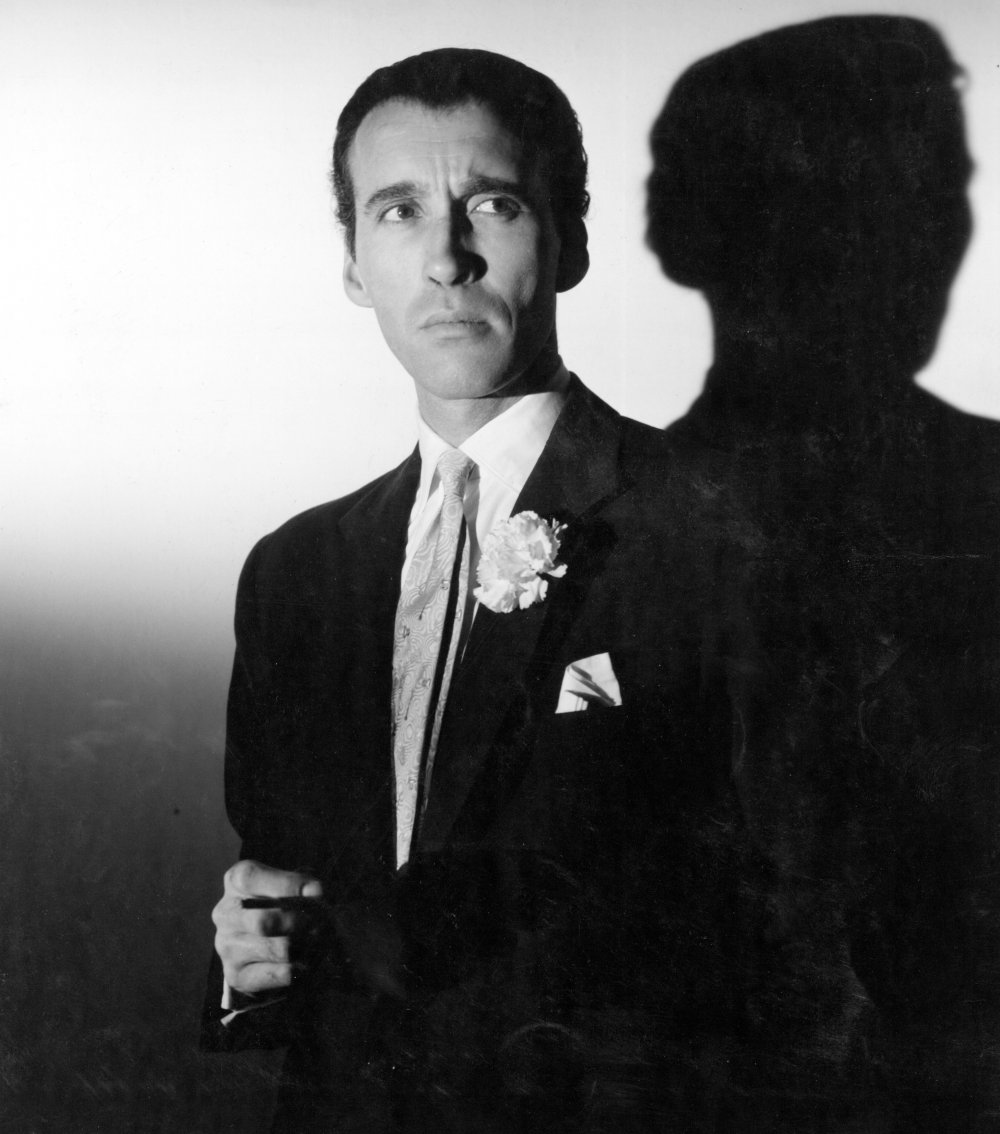
Beat Girl (1959)
At 17 (having already reached his mature height of 6’4”) he started work as composite mail/tea/errand boy for a City shipping firm. In 1941 he enlisted in the RAF but a faulty optic nerve put paid to his ambition to fly. Instead he was attached to 260 Squadron as Intelligence Officer, rising to the rank of Flight Lieutenant, working with the SOE (Special Operations Executive) and being mentioned in despatches late in 1944. Before being demobbed he served with the Central Registry of War Criminals and Security Suspects. “This took me,” he revealed in 1997, “to a number of concentration camps which had only just been cleaned up, and some that hadn’t.”
Back in London and unsure of his direction, Lee took the advice of his cousin Niccolò Carandini, Britain’s first post-war Italian ambassador, and went to see another Italian, Filippo del Giudice of Two Cities Films. As Two Cities was one of several companies under the paternalistic control of the Rank Organisation, Lee emerged with a Rank contract (starting salary: £10 a week) and was rapidly enrolled in the Rank Company of Youth, a training school based at Islington’s Highbury Studios. As a member of this so-called ‘Charm School’, he made his first screen appearance in the BBC magazine programme Kaleidoscope on 20 December 1946, moving on in January 1947 to his first feature film role. The director was Terence Young, the studio was in Paris and the film was Corridor of Mirrors.
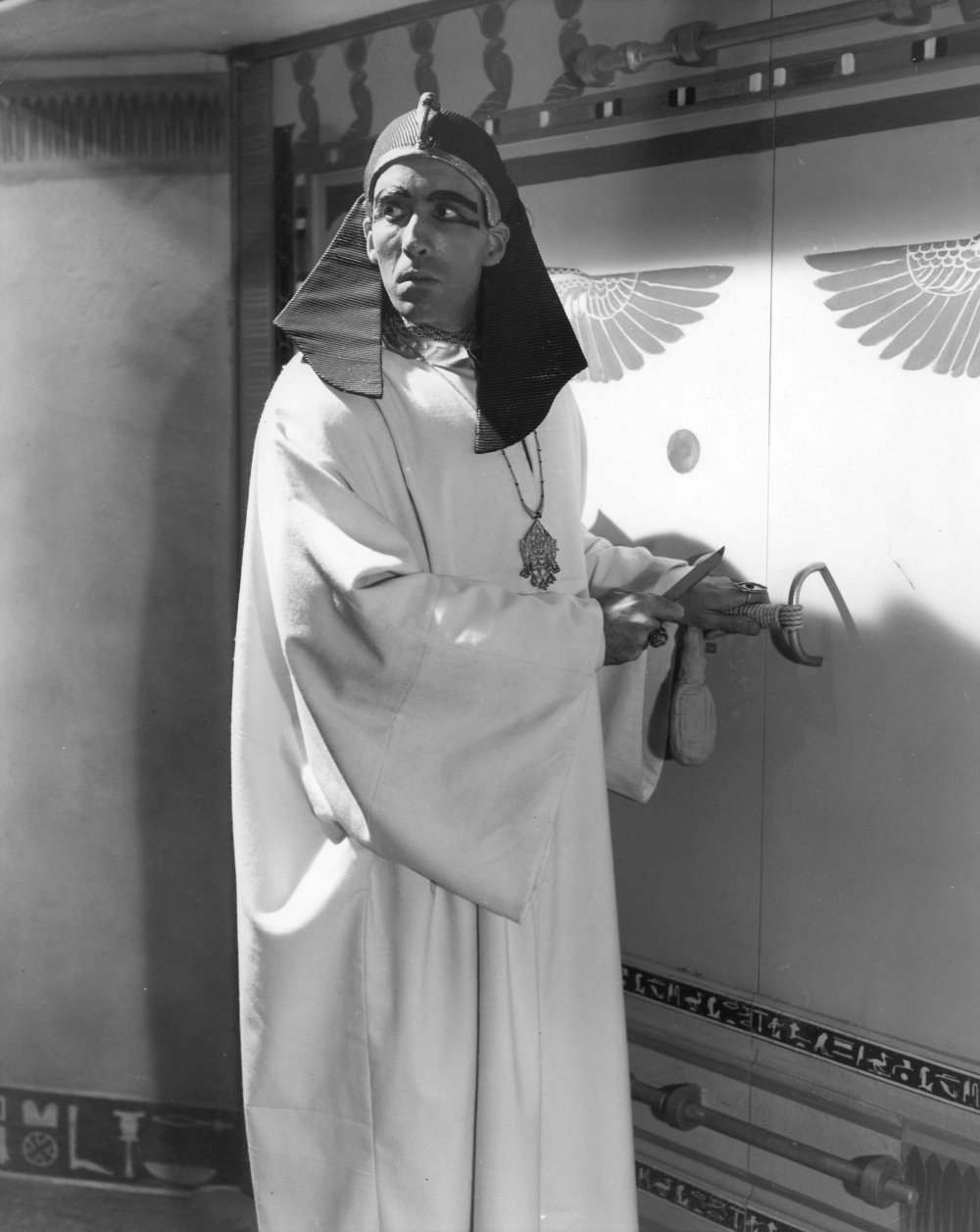
The Mummy (1959)
Several other small film roles followed, together with a Charm School obligation to appear in various plays with the Overture Repertory Players at Worthing’s Connaught Theatre. In October 1947 he was cast in his first lead in Penny and the Pownall Case, part of a cut-price film programme at Highbury designed to showcase untried actors and debutant directors. He played Jonathan Blair, a cartoonist plotting – ironically, given Lee’s recent war experience – to liberate German war criminals.
More small roles followed, notably in Scott of the Antarctic (1948), Captain Horatio Hornblower R.N. (1950), The Crimson Pirate (1952) and Moulin Rouge (1952). He also gained valuable experience in the fledgling medium of filmed television, particularly for such series as Douglas Fairbanks Presents and The Errol Flynn Theatre.
By the mid 1950s he was playing interesting supporting roles in films like Beyond Mombasa and The Traitor but there were no indications that he was going to become a star. Casting directors found him too ‘foreign-looking’ for the parochial British industry and also too tall to cast opposite the average leading man. All Lee needed, then, was a film company with an international outlook that would see these supposed drawbacks as advantages.
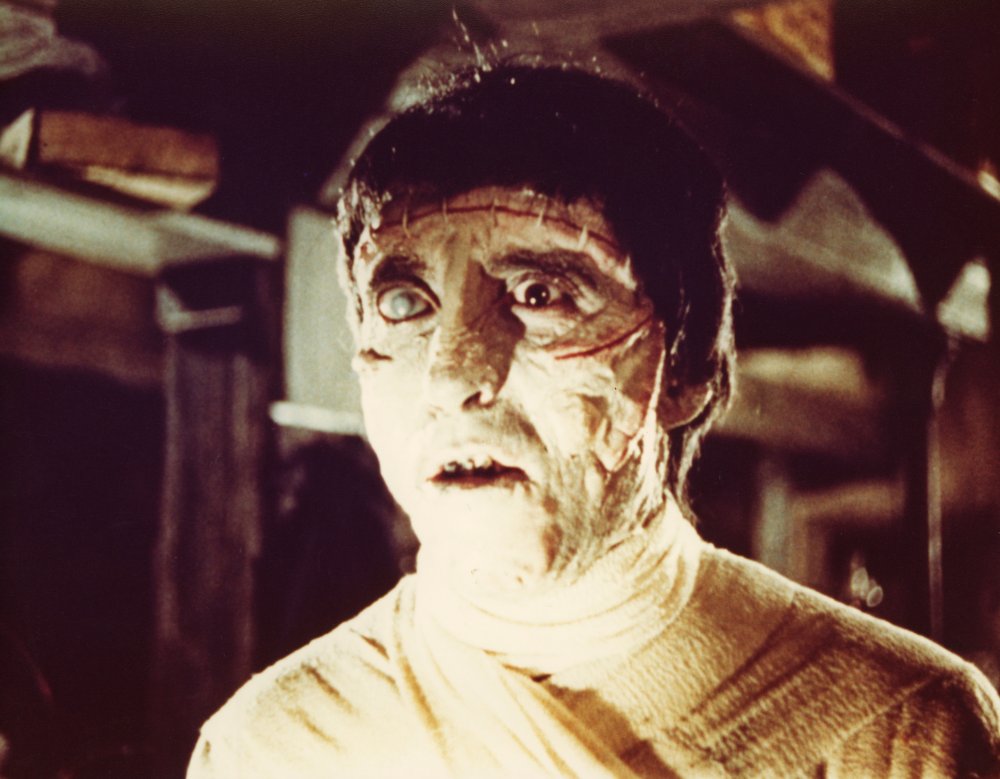
The Curse of Frankenstein (1957)
In November 1956 he responded to a call from Hammer Film Productions for, as he put it, “a man who had some knowledge and experience of movement and mime.” The role was that of the Creature in The Curse of Frankenstein, the director was Terence Fisher and Frankenstein himself was played by Peter Cushing. The film’s colossal international impact on release in the summer of 1957 raised Lee’s profile enormously, despite the fact that his performance, equal parts moving and disturbing, was projected from behind a conspicuously gruesome make-up.
As a direct result of playing the Creature he was cast as the monstrous Marquis St Evrémonde – what he called “a top-level swank villain” – in Ralph Thomas’ star-studded new version of A Tale of Two Cities. The role proved useful training for his inevitable casting as Count Dracula in Hammer’s second colour Gothic, which followed in November 1957. As Fisher’s luridly erotic Dracula was storming box-offices around the world in summer 1958, a Picturegoer feature about Lee was headed ‘Scream Boy? No – Dream Boy’, emphasising the way Lee had suddenly become a kind of necrophile substitute for Rank’s clean-limbed teen favourite, Dirk Bogarde. In short, a star.
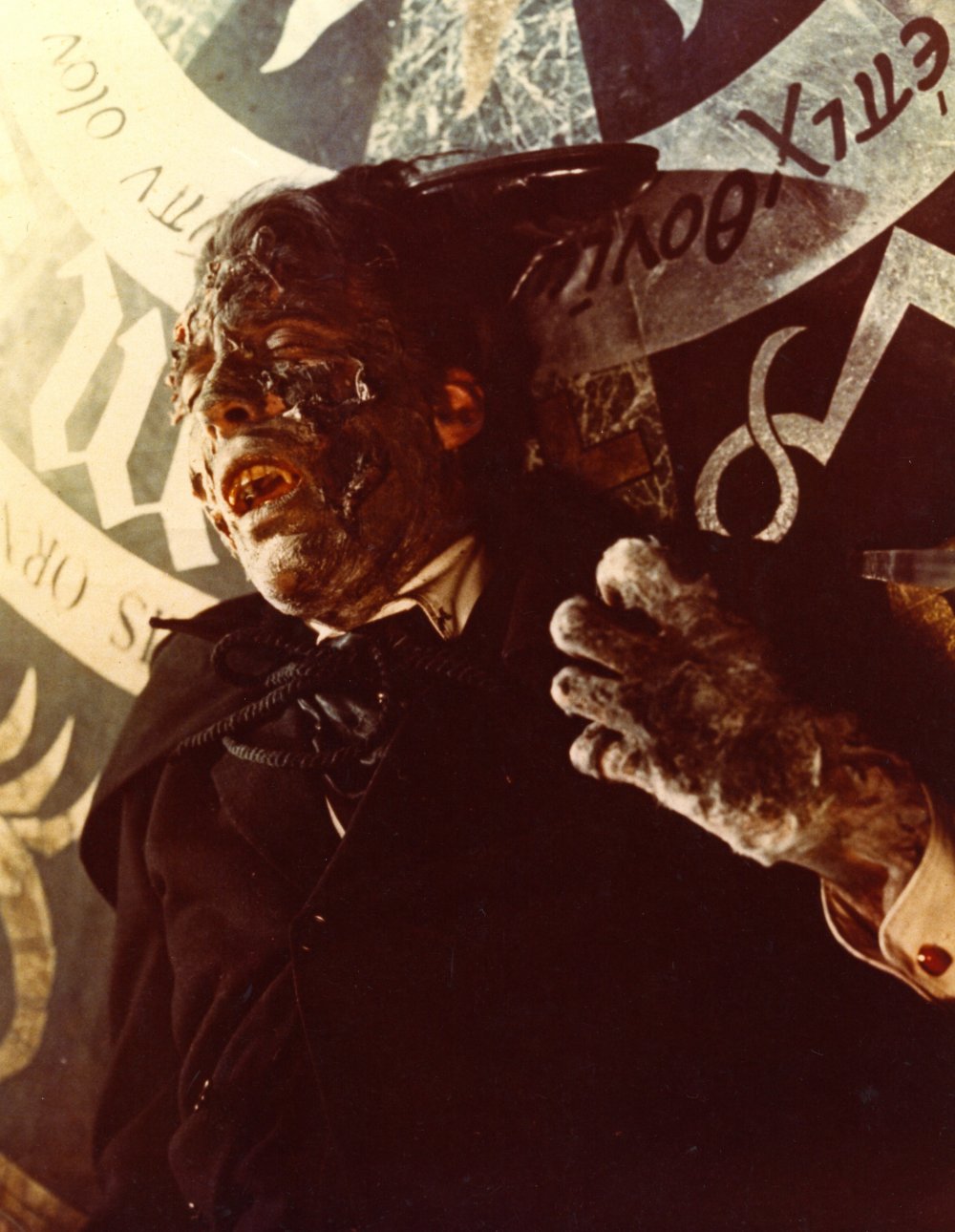
Dracula (1958)
As the 1950s wound down, his Hammer assignments – including Fisher’s The Hound of the Baskervilles and The Mummy – were interleaved with horror projects for other producers, among them Corridors of Blood and The City of the Dead. At the turn of the 1960s he began to appear regularly in films made in continental Europe; he also married the Danish painter and Dior model Birgit Kroencke in London on 17 March 1961. Twelve months later the couple moved to Switzerland, a base from which Lee’s continental engagements proliferated.
Most notably he starred with Daliah Lavi in Mario Bava’s transgressive Gothic romance La frusta e il corpo (The Whip and the Flesh). A daughter, Christina, was born in Lausanne in November 1963 and by early 1965 the Lees had decided to return to London. Once back, Lee’s first film commitments involved reprising his most famous role in Dracula Prince of Darkness, shot back to back with a barnstorming Hammer showcase as Rasputin the Mad Monk.
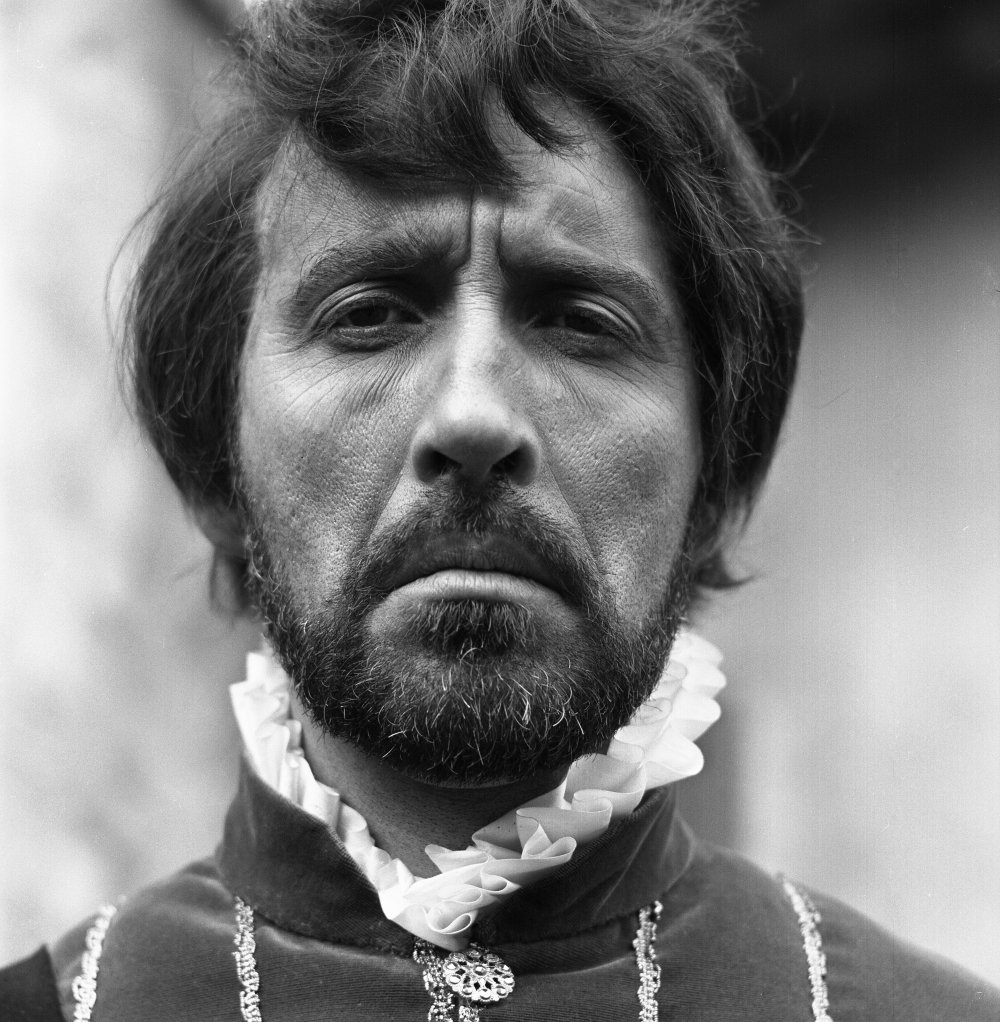
The Devil-Ship Pirates (1963)
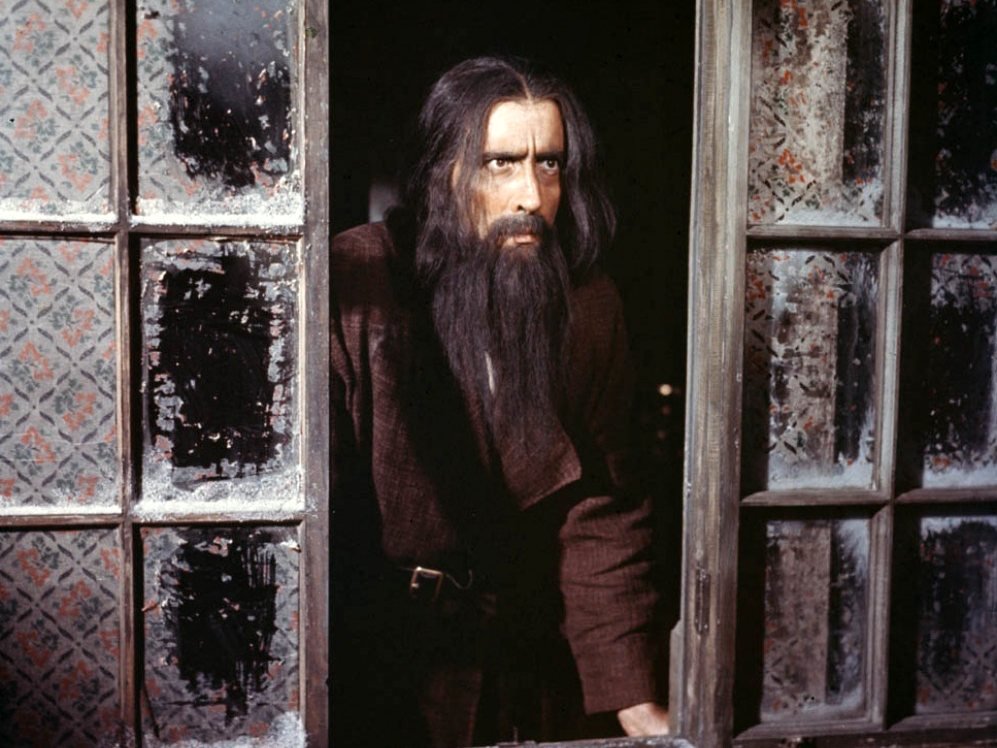
Rasputin the Mad Monk (1965)
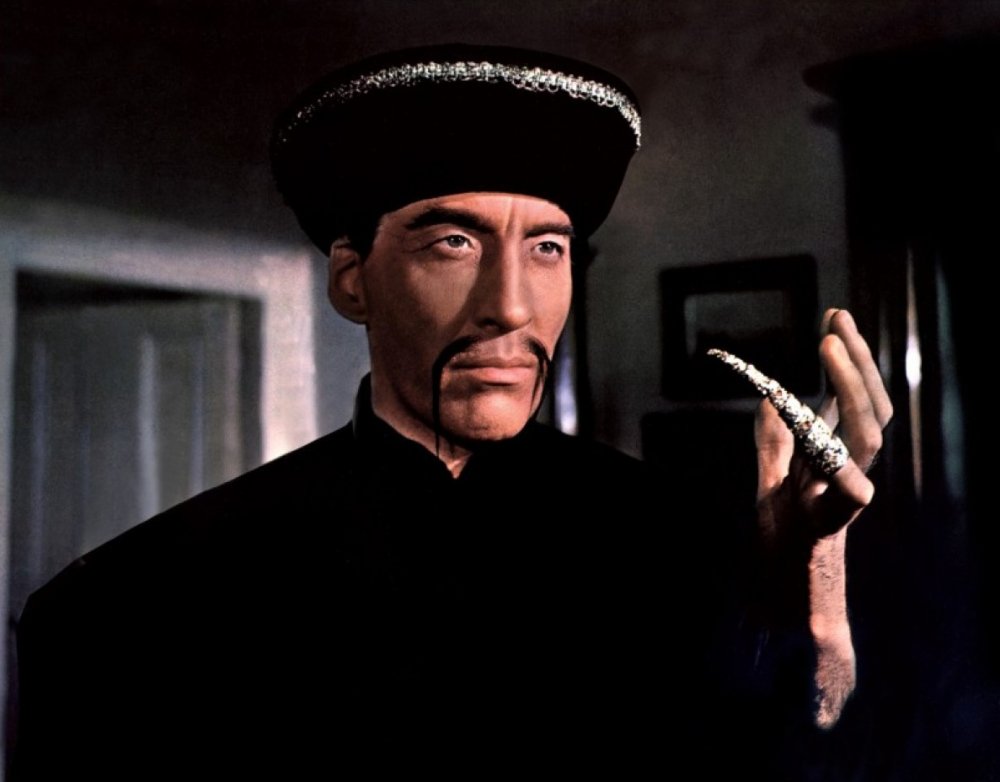
The Face of Fu Manchu (1965)
By this stage, however, Lee was becoming disenchanted with the sameness of the roles offered him. An authoritative performance as the steely Duc de Richleau in Terence Fisher’s The Devil Rides Out was offset by multiple returns to Dracula (there were to be five further Hammer vehicles) and a non-Hammer franchise in which he played Sax Rohmer’s Fu Manchu five times in four years.
A Spanish-made picture called El Conde Drácula, directed by Jesús Franco late in 1969 and supposedly faithful to Bram Stoker’s novel, failed to fulfil Lee’s hopes for it, but in fact relief was already at hand courtesy of a film he had made just a few months before. This was Billy Wilder’s elegiac masterwork The Private Life of Sherlock Holmes, in which Lee was an elegantly waspish Mycroft Holmes, a role that helped redefine casting directors’ views of him, eventually bringing an end to what he ruefully termed his ‘Graveyard Period’.
In the early 1970s Lee’s sophisticated performance as the calculating laird in Robin Hardy’s left-field cult classic The Wicker Man took a long time to garner the attention it deserved; not so Richard Lester’s The Three Musketeers and The Four Musketeers, semi-comic swashbuckling adventures in which Lee cut a majestic figure as the one-eyed Comte de Rochefort. Filmed in the summer of 1973, these two led directly to Lee’s casting the following year as Francisco Scaramanga in the ninth James Bond film.
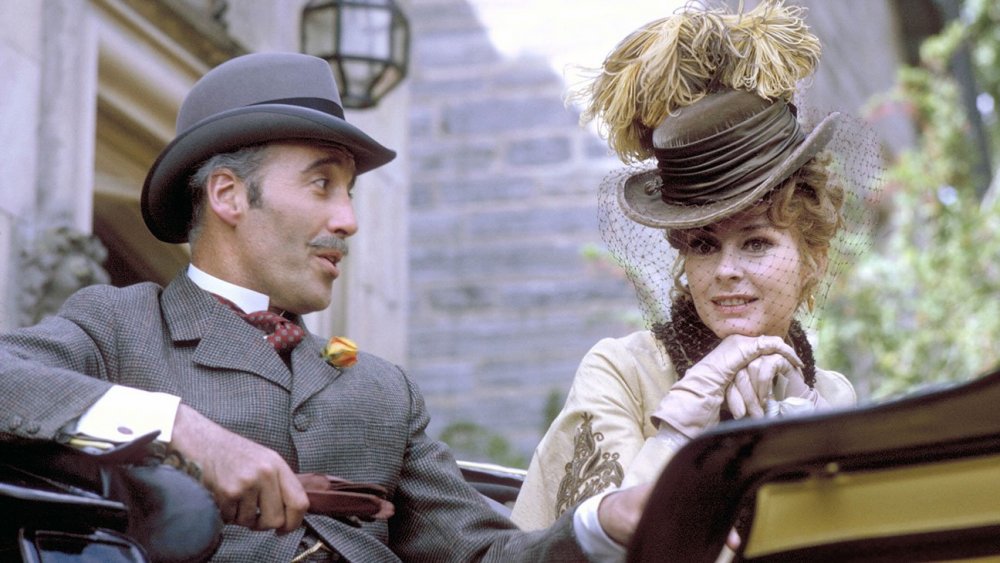
The Private Life of Sherlock Holmes (1970)
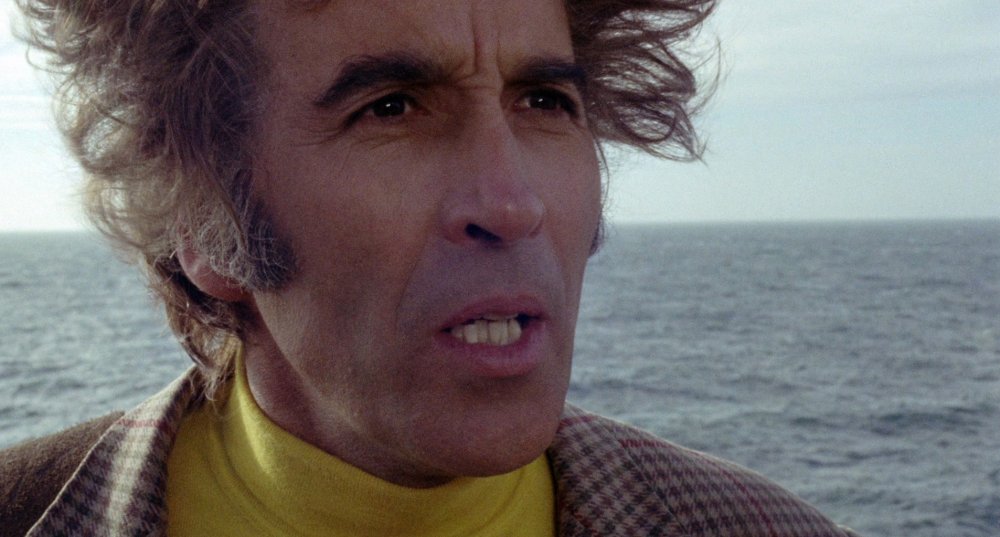
The Wicker Man (1973)
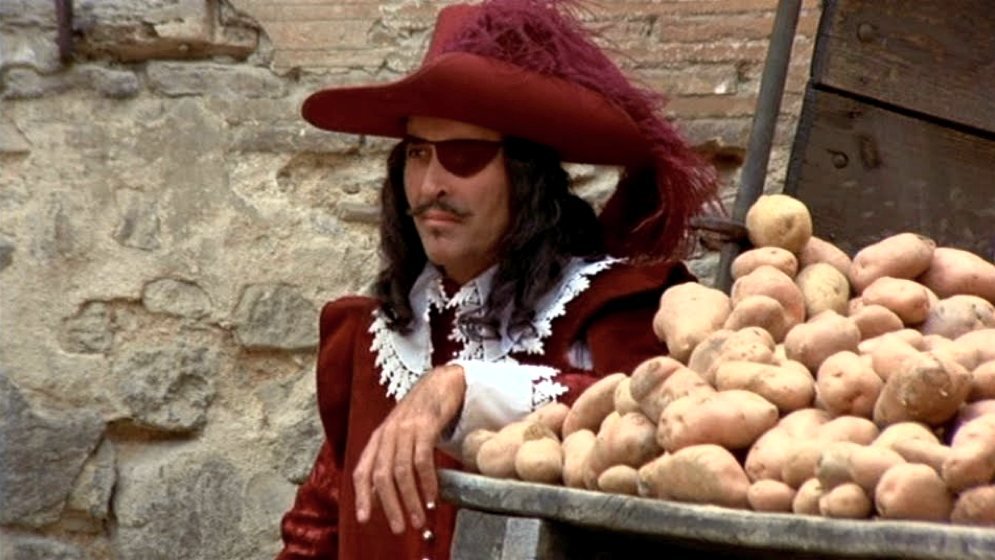
The Four Musketeers (1974)
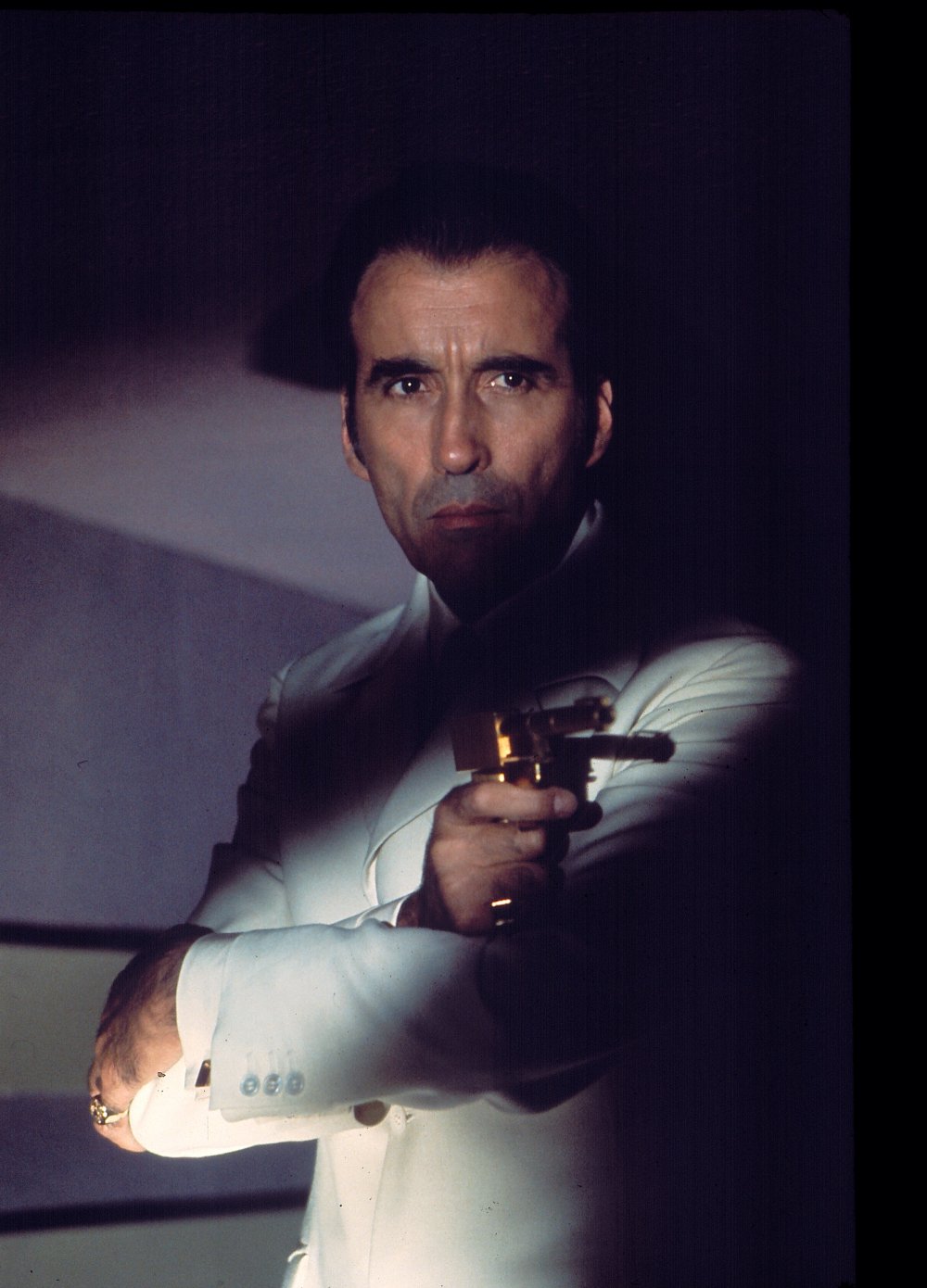
The Man with the Golden Gun (1974)
A villain as raffish yet deadly as Scaramanga, and a project as high-profile as The Man with the Golden Gun, emboldened Lee to bid farewell to the dying-on-its-feet British film industry and move to Hollywood. He arrived there in August 1976 and went immediately into the all-star cast of a major Universal disaster movie, Airport ’77.
Lee’s time in Hollywood, which came to an end in April 1985, brought him such assignments as co-starring with Bette Davis in Return from Witch Mountain, playing a Nazi officer opposite Toshiro Mifune in Steven Spielberg’s 1941, and the definitive indication that his old image was now being disregarded – playing the leader of “a faggot motorcycle gang” in the sardonic Marin County satire Serial. In the 1980s and 90s he remained in demand, with 1989 alone yielding a magnificently scary performance as Blind Pew in Treasure Island (a lavish TV movie released theatrically in the UK) and the self-referential role of Dr Catheter in Joe Dante’s smash hit, Gremlins 2 The New Batch.
In 1996, returning to BBC TV for the first time since 1951, he was cast as the insane religious zealot Lucas de Beaumanoir in a mini-series version of Ivanhoe, and in March the following year – marking simultaneously the 50th anniversary of his film career and the 50th anniversary of the founding of Pakistan – he went to Karachi to give a truly magisterial performance in the title role of Jinnah.
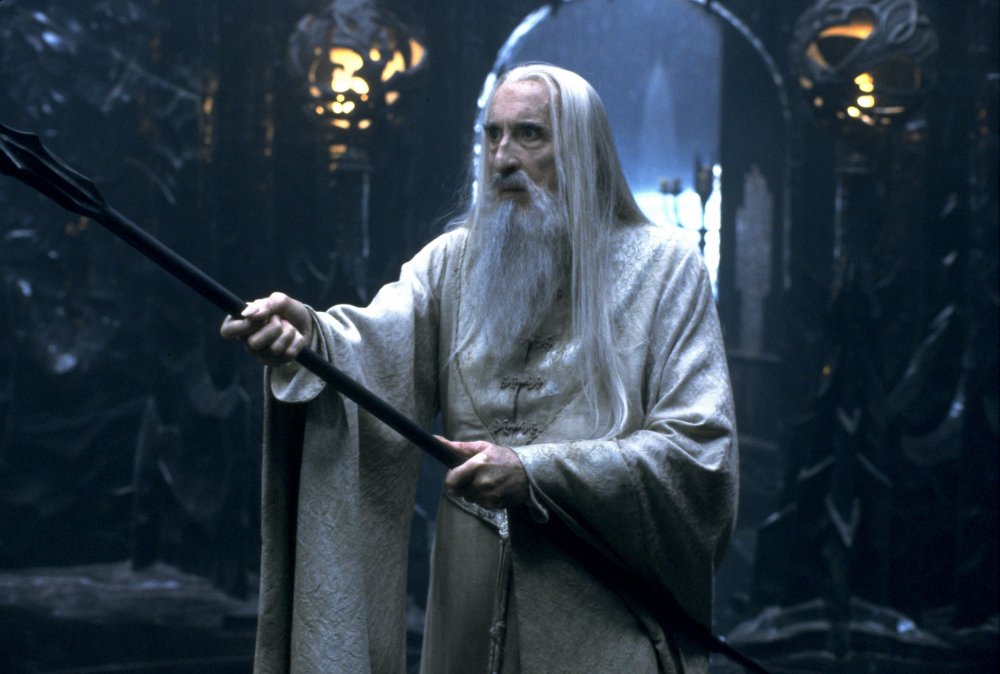
The Lord of the Rings: The Fellowship of the Ring (2001)
While playing Flay in the BBC’s Gormenghast in the summer of 1999, Lee had a meeting with New Zealand director Peter Jackson that was to initiate a remarkable Indian summer in his career. In Jackson’s epic trilogy based on Tolkien’s The Lord of the Rings, Lee was cast as Saruman the White opposite Ian McKellen’s Gandalf the Grey, leading McKellen, in an eloquent internet shooting diary, to observe that “His 200 (or is it 300?) movies have robbed theatre audiences of a resounding Shakespearean. Spread across the black throne under Orthanc’s vasty roof, he looks like King Lear in age and authority.”
Consolidating this extraordinary revival, by August 2000 Lee was in Sydney for another epic role, this time at the behest of George Lucas. Lee’s duplicitous Count Dooku in Star Wars: Episode II – Attack of the Clones and Star Wars: Episode III – Revenge of the Sith provided a nice echo of his old associate Cushing’s Governor Tarkin in the very first Star Wars film some 25 years earlier, and caused a Daily Telegraph critic to dub Lee a “Grand Vizier of Blockbusterdom.”
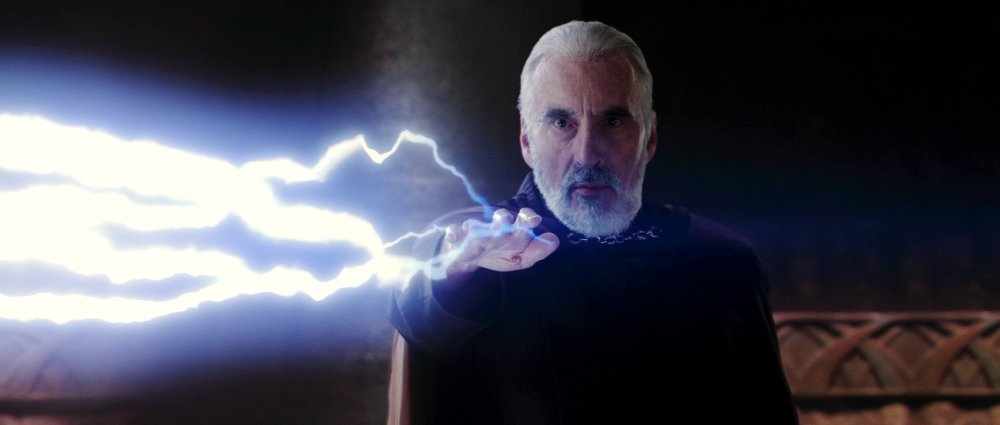
Star Wars Episode II Attack of the Clones (2002)
In the wake of this revival he was called upon to play eye-catching cameos for such disparate directors as Tim Burton, Martin Scorsese, Stephen Poliakoff and Bille August, as well as giving powerful performances in such widely contrasted films as Greyfriars Bobby and Triage (aka Shell Shock). He also reprised his baleful Saruman in two of Jackson’s three films based on Tolkien’s The Hobbit.
In the Queen’s Birthday Honours List in 2001 he was created a CBE, with a knighthood for services to drama and charity following eight years later. Among numerous other accolades, he was awarded a BAFTA Fellowship in February 2011 and made a Commandeur des Arts et des Lettres in December the same year.
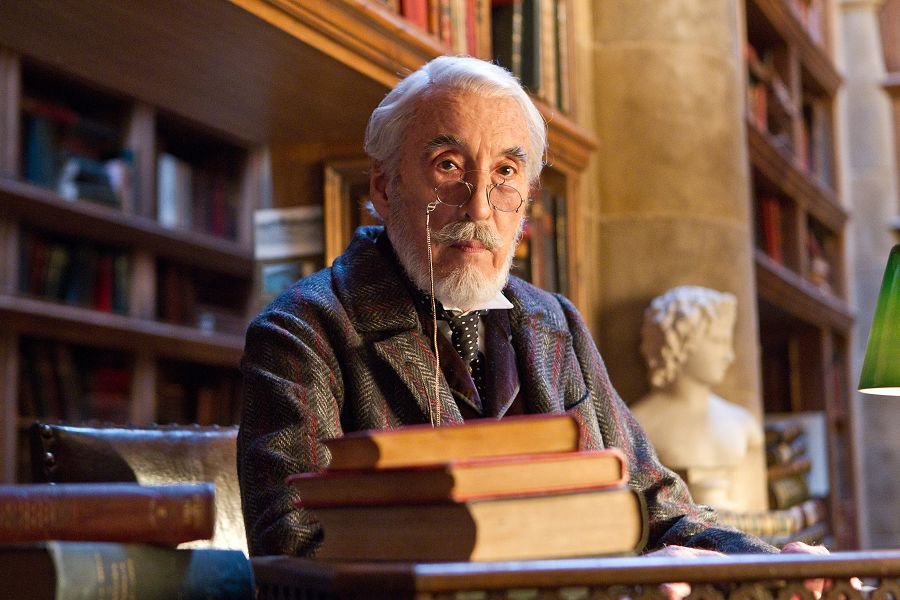
Hugo (2012)
See also the October 2013 issue of Sight & Sound

Long arm of the lore
Mauled by the studio, obsessed over by fans, deconstructed by academics, remade with Nicolas Cage – yet the pagan British weirdness of The Wicker Man remains fresh. As The Final Cut is released, director Robin Hardy recalls the making of a myth. By Vic Pratt.
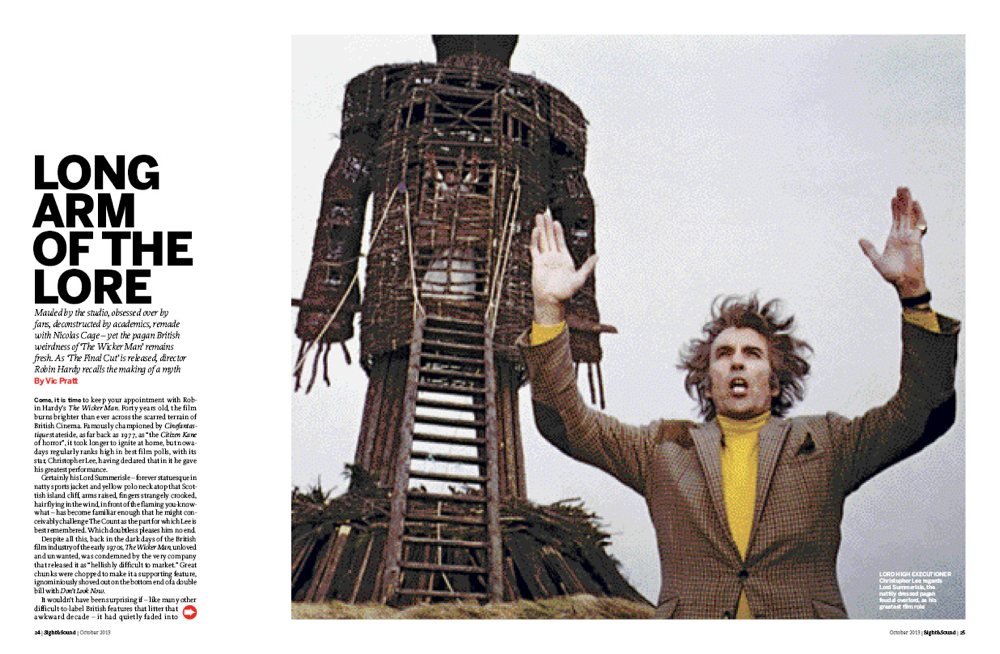
-
The Digital Edition and Archive quick link
Log in here to your digital edition and archive subscription, take a look at the packages on offer and buy a subscription.




